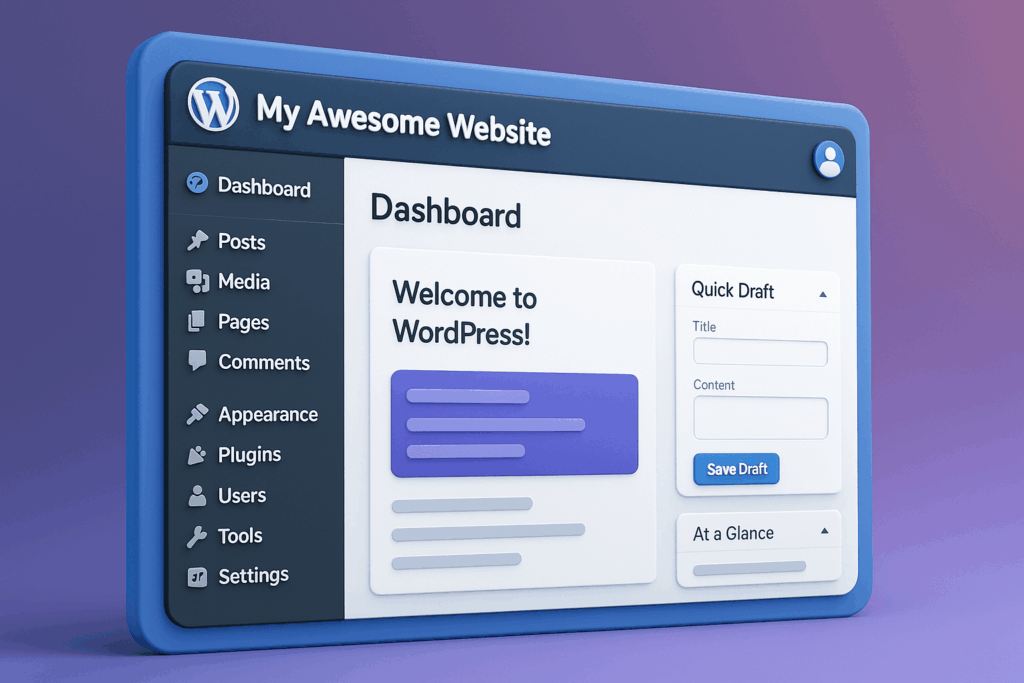Let’s be honest—ChatGPT has become a game-changer for marketers. From brainstorming fresh ideas to simplifying complex data, it’s like having an extra team member who’s available 24/7. But here’s the thing: while AI can supercharge your marketing efforts, it can’t—and shouldn’t—replace the creativity and strategic thinking that only humans bring to the table.
At Burst Digital, we treat ChatGPT as exactly what it is—a tool. A brilliant one, sure, but still a tool. It’s here to speed things up, spark creativity, and streamline workflows, not to take over the human side of storytelling and brand building. In this blog, we’ll explore seven powerful (and ethical) ways you can use ChatGPT in your marketing strategies—without losing that essential human touch.
Why It’s Important to Use ChatGPT Ethically
Before we dive into the practical stuff, let’s talk about something crucial—ethics.
When AI tools like ChatGPT make things so easy, it’s tempting to copy-paste what it spits out and hit publish. But here’s the reality—Google values originality. And more importantly, your audience craves authenticity. Readers (and algorithms) can smell generic, cookie-cutter content from a mile away.
That’s why it’s essential to use ChatGPT as a collaborative tool, not a shortcut. AI should elevate your ideas, not replace them. In our experience at Burst Digital, the most successful content is created when AI handles the heavy lifting—like data crunching and basic research—while humans focus on storytelling, strategy, and creativity.
How ChatGPT Can Transform Your Marketing—The Right Way
Supercharge Your Market Research
Research is the backbone of any solid marketing strategy, but let’s be real—it can be a massive time suck. Enter ChatGPT’s Deep Research mode. This feature takes market and competitor research to the next level by digging through countless sources and presenting insights in a fraction of the time it would take a human researcher.
At Burst Digital, we’ve integrated this into our workflow with great success. Instead of spending hours scrolling through Google, we create a list of what we need to know, feed it into ChatGPT, and ask for comprehensive summaries. We always ask it to include direct links to sources so we can verify the information ourselves—because while ChatGPT is powerful, fact-checking is still non-negotiable.
The result? Deeper research, faster turnaround times, and more time for the creative work that really matters. If you haven’t tried this yet, check out ChatGPT’s Deep Research feature.
Simplify Keyword Research and Save Hours
If you’ve ever done keyword research manually, you know how mind-numbing it can be. It involves sifting through endless lists of search terms, competition scores, and search volumes. But with ChatGPT, what once took hours can now be done in minutes.
Here’s how we do it: we start with a list of 10 core keywords relevant to our client’s business. Then, we ask ChatGPT to generate keyword variations, long-tail keywords, and common search phrases related to those topics. Within minutes, we have an expansive list of potential keywords.
But we don’t stop there. We run these new keywords through tools like Google Keyword Planner and KeywordTool.io to check for search volume and competition scores, ensuring we’re not just guessing—we’re targeting what people are actually searching for.
This method has saved us hours of manual research and has led to more targeted SEO strategies. Plus, it’s not just for blogs—this process is incredibly helpful when creating PPC ads, planning Google Ads campaigns, or even structuring content calendars.
Run Website Audits Without Breaking a Sweat
Keeping your website optimized is essential for SEO, but let’s face it—audits can be tedious. ChatGPT, however, makes this task much easier, even if you’re not an SEO expert.
We start by running a website scan using tools like SEMrush or SEOptimer. Once we have the results, we feed the raw data into ChatGPT and ask it for specific recommendations. For example, we might ask it to focus on on-page SEO fixes, page speed improvements, or keyword density.
ChatGPT doesn’t just highlight issues—it suggests practical solutions. It can recommend optimized meta descriptions, flag broken links, and even advise on internal linking strategies. The best part? You don’t need to be a tech wizard to understand its suggestions.
By combining ChatGPT with traditional audit tools, we’ve been able to cut audit times in half while still delivering comprehensive, actionable insights to our clients.
Make Data Analysis Way Less Boring
Let’s be honest—data analysis is rarely the most exciting part of marketing. But it’s necessary. Thankfully, ChatGPT can help here too.
Imagine you’ve just exported a massive list of keywords from Google Keyword Planner or pulled raw data from your Google Analytics account. Normally, you’d spend hours filtering out irrelevant data and highlighting key metrics. But with ChatGPT, you can upload your CSV files, give it specific instructions (like “highlight keywords with high search volume and low competition”), and let it handle the grunt work.
What used to take us 2-3 hours now takes 20 minutes. The time saved here allows us to focus on what actually matters—developing strategies based on the data rather than getting stuck in spreadsheets.
And because ChatGPT can understand context, it can even filter out broad-match keywords that don’t align with your business or suggest negative keywords for PPC campaigns. Pretty handy, right?
Boost Your Content Creation Game
One of the most obvious uses for ChatGPT is content creation, but it’s important to use it wisely. No one wants to read dry, robotic copy—but when used correctly, ChatGPT can be a brilliant content ideation tool.
At Burst Digital, we use ChatGPT for:
- Outlining blog posts based on trending topics
- Drafting initial copies for emails, ad campaigns, and social media posts
- Generating A/B testing ideas for headlines and ad copy
- Writing SEO-optimized meta descriptions and title tags
But here’s the golden rule: never publish AI-generated content without human editing. We treat ChatGPT’s output as a first draft—something to build upon, not the final product. That extra layer of human creativity is what makes content authentic and engaging.
Automate and Personalize Marketing Reports
Anyone in marketing knows that reporting can be one of the most time-consuming tasks. Building custom reports from scratch every month? No thanks.
We solved this by training ChatGPT using past client reports. After feeding it the structure, preferred KPIs, and the general tone we use, ChatGPT can now build templated reports with updated data.
All we do is feed it the raw analytics and data points, and it gives us a near-complete report. We then go in, add some personal insights, polish it up, and send it off.
This has been a game-changer for our team, freeing up hours every month and ensuring we stay focused on strategy and execution rather than paperwork.
Improve Productivity Across Your Entire Team
One of the biggest wins we’ve had at Burst Digital was hosting a “ChatGPT Strategy Day” right after GPT-4o was released. We gathered the entire team—designers, marketers, sales reps, and even admin staff—and spent the day brainstorming how each department could use ChatGPT in their daily tasks.
The results were eye-opening. Our design team now uses ChatGPT to help brainstorm branding concepts. The sales team uses it to draft initial outreach emails. Even HR found ways to use it for internal documentation and training materials.
The key takeaway? AI isn’t just for marketers. It’s a tool that can improve efficiency across your entire organization—if you take the time to figure out how to integrate it properly.
Final Thoughts: ChatGPT Is a Tool—Not a Replacement
ChatGPT has the power to make marketing easier, faster, and more data-driven. But remember—it’s a tool, not a solution. The magic happens when you combine AI’s efficiency with the creativity, strategy, and empathy that only humans bring.
At Burst Digital, we’ve seen firsthand how AI can transform marketing strategies, cut down project timelines, and boost revenue. But at the end of the day, it’s the human touch that makes the content memorable and the strategies impactful.
Thinking about integrating AI into your business?
Let us help. Contact us today to discover how we can streamline your workflows, scale your marketing efforts, and make AI work for you.



